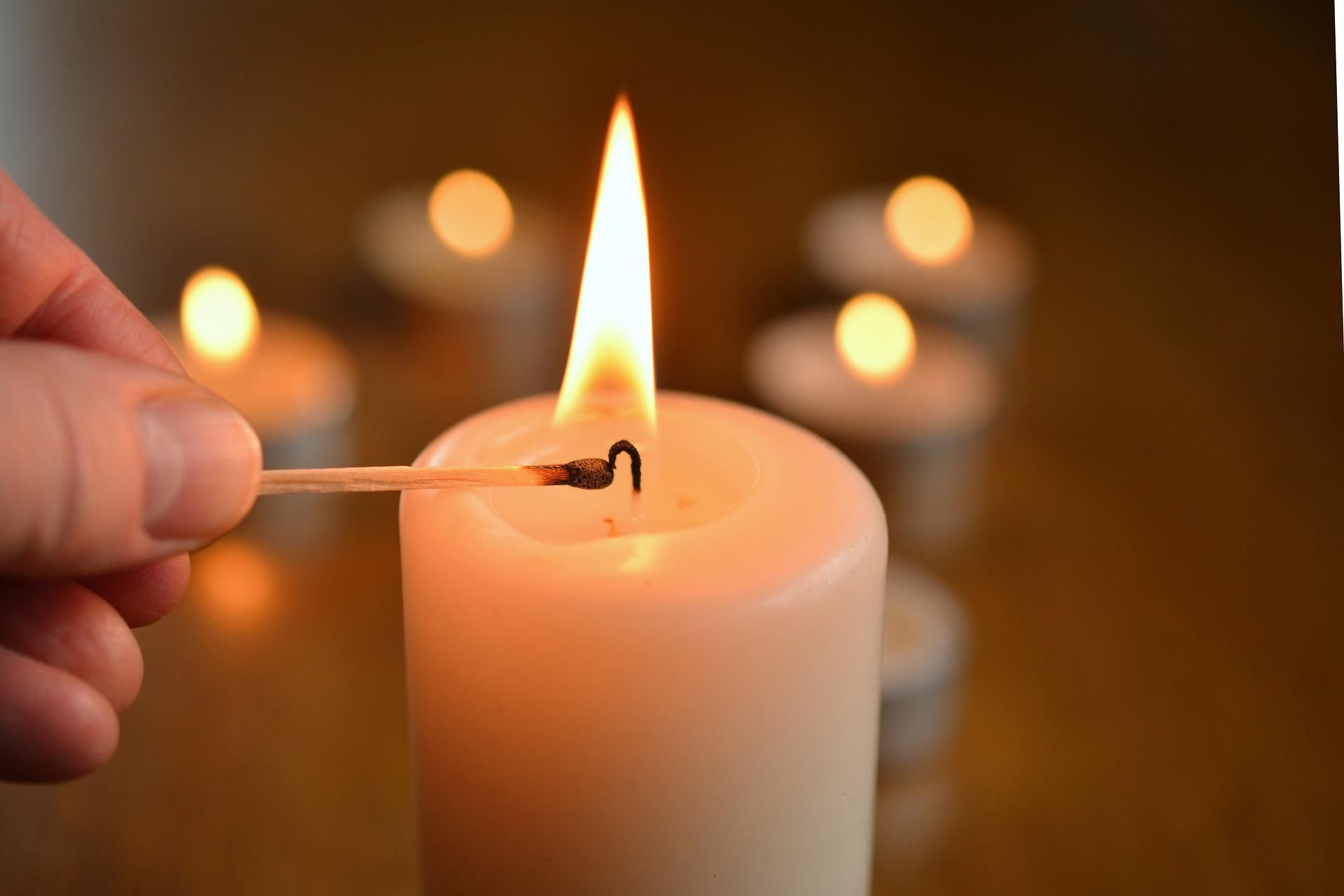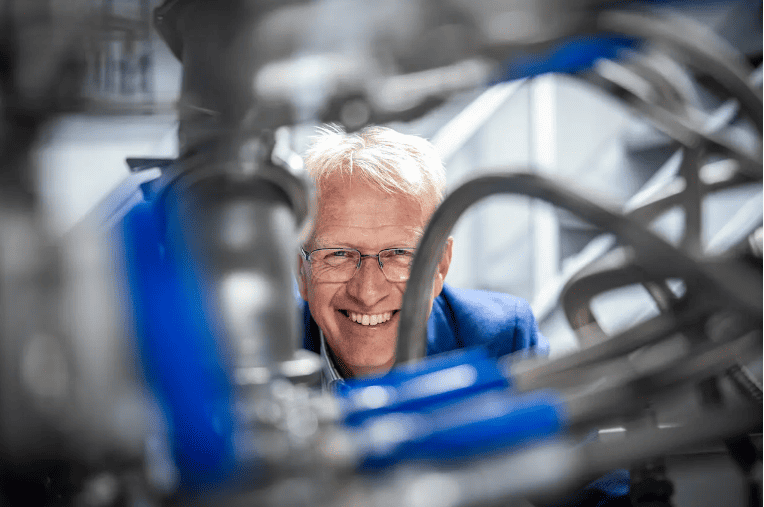
Removing dead tissue from a severe burn is critical for a successful skin graft. A surgical knife is normally used, but now there appears to be a better method that can remove dead skin without damaging healthy skin: hydrosurgery, or operating with a water jet. Nine Legemate earned her doctorate at the Vrije Universiteit in Amsterdam and used her research to demonstrate the effectiveness of the treatment.
About 9,000 people are treated in the ER in the Netherlands each year following burn injuries. For example, burn victims sustained damage to their skin by being burned by a hot jet of water, by electricity or by a flame. Although first-degree burns do not require any further treatment, severe burns do need it. In fact, such burns sometimes require transplants to allow the wound to heal. In order to treat these wounds properly, they first need to be cleaned properly. The dead skin is removed to prepare the wound for the skin graft.

Precision work
Operating with a water jet results in a better quality of scars. Legemate, a plastic surgeon in training, conducted her research into the new method in the burn unit of Maasstad Hospital, where she examined 137 patients with burn injuries. She explains why the new method is better. “In the traditional method with a surgical knife, you remove the dead tissue layer by layer, until it starts to bleed and is nice and pink,” she explains. “Then you know: ‘This is healthy, living skin.’ But the problem is that you then often cut away a bit too much skin.”
During the hydrosurgical procedure, which is performed using a special device called the VERSAJET, the wounds are treated with a jet of water that cuts away the dead tissue using a high level of pressure and also sucks it up at the same time. “Dead tissue is softer than healthy skin, so the water jet does not affect healthy skin. We also examined this under the microscope. More skin is actually left over, and that means scar formation is improved. The results show that one year after surgery, the quality and suppleness of the scar are better after hydrosurgery compared to this treatment in the standard way. This makes a huge difference for patients.”

Twenty years
Hydrosurgery was also used twenty years ago for cleaning infected wounds. In the Netherlands, we have been using the device for burns since 2006, although it is not often used as the standard method yet. “It is used here and there when a doctor considers it appropriate. For example, it has already been used more often to treat children. Or on lumpy surfaces on the skin where the scalpel can’t reach properly, such as on hands. This is because the water jet enables you to maneuver around the lumps very easily.
The research shows that the new method can therefore now be chosen as a standard option. “I can imagine hospitals using the device more. It’s a little more expensive, but the costs are really not too bad and, moreover, the patients really benefit a lot from it.”
Skin color, smoking and diabetes
At the end of March, Legemate received her PhD for her research. However, she assures us that the database she created will continue to be valuable in the future. “I hope that in the coming years even more will become clear about factors that influence how burn scars heal. For example, consider skin types. Does skin color affect the recovery of scar tissue? Or how does a patient’s age affect the healing process? In addition, it might be interesting to look at how smoking or diabetes affects the healing of a wound.”
Legemate hopes that her research can make at least a modest positive contribution to a larger number of patients. “Because even a minor change in the quality of the scar is really important for patients.”







